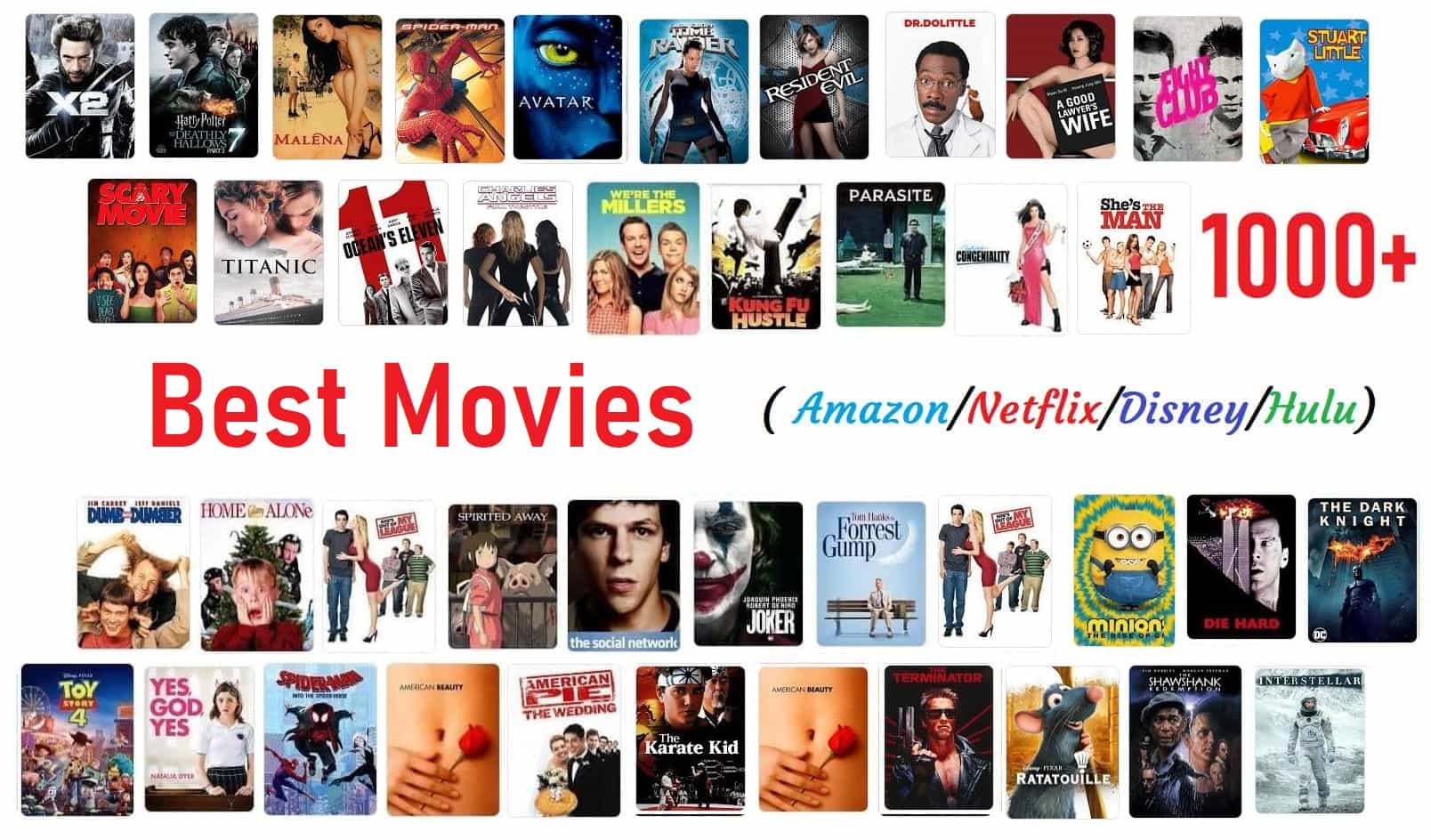
The world of cinema is rapidly changing. As streaming services become more popular and the traditional moviegoing experience evolves, we see significant shifts in how movies are made, marketed, and consumed. This article explores these changes, from the rise of streaming to the impact of nostalgia on reboots. We’ll also look at the growing divide between critics and audiences and the role of indie films in shaping modern cinema.
The Shift from Cinema to Streaming Services
How Has Streaming Changed the Movie Industry?
Streaming services like Netflix, Hulu, and Disney+ have revolutionized how we watch movies:
- Convenience: You can watch movies anytime and anywhere, without the need to travel to a theater. This convenience has made streaming the go-to choice for many viewers.
- Variety: Streaming platforms offer a vast library of films, from the latest releases to hidden gems and classics. This variety caters to all tastes and interests.
- Original Content: Streaming services produce their own films and series, often with unique storytelling styles and innovative concepts. Shows like Stranger Things and movies like The Irishman showcase their commitment to original content.
The shift to streaming has made accessing and discovering films easier, though it also poses challenges for traditional cinemas.
The Problem with Reboots and Remakes in Hollywood
Why Are Reboots and Remakes Controversial?
Reboots and remakes are becoming increasingly common in Hollywood:
- Lack of Originality: Critics argue that relying on established franchises stifles creativity. Reboots and remakes often lack the originality of new stories.
- Nostalgia vs. Innovation: While they can appeal to nostalgia, they sometimes fail to bring fresh perspectives or improvements. For example, some reboots of classic films have not lived up to their predecessors.
Reboots and remakes have their place, but they must offer something new to justify their existence.
The Growing Divide Between Critics and Audiences
Why Do Critics and Audiences Sometimes Disagree?
There is often a gap between what critics and audiences think about a film:
- Different Criteria: Critics might focus on technical aspects like direction and script, while audiences look for entertainment value. This difference can lead to varied reviews.
- Expectations: Audience expectations can influence their enjoyment. If a movie doesn’t meet their personal criteria, they may rate it lower, even if critics find it well-made.
Understanding this divide helps in appreciating diverse perspectives on film.
The Impact of Franchise Fatigue on Movie Quality
What Is Franchise Fatigue?
Franchise fatigue occurs when audiences become bored with repeated installments of the same franchise:
- Over-Saturation: Constant releases of sequels and spin-offs can lead to a lack of originality and excitement. For example, while the Marvel Cinematic Universe has been successful, some feel that its sheer volume of content can be overwhelming.
- Quality vs. Quantity: With so many films, maintaining high quality across all entries becomes challenging. This can result in diminishing returns and less impressive installments.
Franchise fatigue is a concern for both creators and audiences, highlighting the need for balance and innovation.
The Role of Nostalgia in Rebooting Franchises
How Does Nostalgia Influence Reboots?
Nostalgia plays a significant role in rebooting beloved franchises:
- Emotional Connection: Reboots often tap into the emotional connections viewers have with the original films. This can draw back former fans and attract new ones.
- Market Appeal: Nostalgic reboots can be a safe bet for studios, as they build on established popularity. However, they must also offer something new to avoid merely trading on past success.
While nostalgia can be a powerful tool, it’s important that reboots bring fresh and engaging elements to the table.
The Cultural Impact of Quentin Tarantino’s Films
What Makes Quentin Tarantino’s Films Unique?
Quentin Tarantino’s films have left a lasting mark on cinema:
- Distinctive Style: Tarantino is known for his unique dialogue, nonlinear storytelling, and stylish violence. Films like Pulp Fiction and Kill Bill showcase his distinctive approach to filmmaking.
- Cultural References: His movies are packed with references to pop culture, which can appeal to a wide range of audiences and provoke discussion.
Tarantino’s films are celebrated for their originality and influence, cementing his place in film history.
The Importance of Supporting Characters in Film
Why Are Supporting Characters Crucial?
Supporting characters play a vital role in storytelling:
- Enhancing the Plot: They can drive subplots, provide comic relief, or offer different perspectives. For example, characters like Samwise Gamgee in The Lord of the Rings are crucial to the main storyline.
- Character Development: Supporting characters often help in developing the main character’s personality and growth.
Effective supporting characters can enrich the narrative and make the main story more compelling.
The Shift in Moviegoing Habits in the 21st Century
How Have Moviegoing Habits Changed?
Moviegoing habits have evolved significantly:
- From Theaters to Home: With the rise of streaming services, many people now prefer watching movies at home. This shift has impacted theater attendance and revenue.
- On-Demand Viewing: People now expect on-demand content and personalized recommendations, which has changed how films are marketed and distributed.
These changes reflect broader trends in media consumption and technological advancements.
The Role of Fan Theories in Modern Cinema
How Do Fan Theories Affect Films?
Fan theories have become a prominent part of the film experience:
- Engagement: Theories can enhance engagement by prompting fans to analyze and discuss films in depth. They keep the conversation going long after the credits roll.
- Influence on Filmmaking: Sometimes, filmmakers incorporate fan theories or responses into future projects, shaping the direction of a franchise.
Fan theories contribute to the cultural impact of films and foster a deeper connection between audiences and the movies they love.
The Problem with Overanalyzing Films
Why Can Overanalysis Be a Problem?
Overanalyzing films can have its drawbacks:
- Missing the Fun: Excessive scrutiny can detract from the enjoyment of a film. Sometimes, a movie is meant to be experienced for its entertainment value rather than dissected.
- Subjectivity: Interpretation can be highly subjective, and overanalysis may lead to conflicting opinions about a film’s meaning or value.
While analysis can provide insights, it’s important to balance it with the simple enjoyment of cinema.
The Role of Social Media in Shaping Movie Criticism
How Does Social Media Influence Film Criticism?
Social media plays a major role in film criticism today:
- Instant Reactions: Platforms like Twitter and Facebook allow for immediate feedback and reviews, which can shape public perception quickly.
- Diverse Voices: Social media provides a platform for a wide range of opinions, influencing how films are discussed and critiqued.
Social media has democratized film criticism, leading to a more varied and immediate discourse about movies.
The Importance of Pacing in Film Storytelling
Why Is Pacing Crucial in Films?
Pacing affects how a film unfolds and is perceived:
- Maintaining Interest: Proper pacing keeps the audience engaged by balancing action, dialogue, and quieter moments. Films like Mad Max: Fury Road excel in maintaining a high-energy pace.
- Emotional Impact: Good pacing helps in building tension and delivering emotional moments effectively.
Effective pacing is key to crafting a compelling and enjoyable film experience.
The Evolution of Movie Marketing in the Digital Age
How Has Movie Marketing Changed?
Movie marketing has transformed in the digital era:
- Online Campaigns: Social media, websites, and digital ads now play a huge role in promoting films. Viral marketing and online engagement strategies are common.
- Interactive Content: Studios use interactive content like trailers, behind-the-scenes features, and fan contests to build excitement.
Digital marketing strategies have become essential in reaching and engaging modern audiences.
The Decline of Traditional Film Criticism
Why Is Traditional Film Criticism Declining?
Traditional film criticism faces challenges today:
- Changing Media Landscape: With the rise of online reviews and social media, traditional film criticism has less influence. Many people now turn to user reviews and social media for opinions.
- Shift in Focus: There’s a growing focus on influencer and consumer reviews rather than traditional critics.
Despite its decline, traditional film criticism still offers valuable insights and context for understanding films.
The Role of Indie Films in Shaping Modern Cinema
How Do Indie Films Influence Cinema?
Indie films have a significant impact on modern cinema:
- Innovative Storytelling: Independent films often push boundaries and explore unique narratives. Films like Moonlight and The Witch have introduced fresh perspectives and storytelling techniques.
- Diverse Voices: Indie films provide a platform for underrepresented voices and stories, enriching the cinematic landscape.
Indie films play a crucial role in driving innovation and diversity in the film industry.
The film industry continues to evolve, reflecting broader changes in technology, audience preferences, and cultural trends. By understanding these shifts—from the rise of streaming to the role of indie films—we gain a deeper appreciation of cinema’s dynamic nature. Enjoy exploring these topics and how they shape the movies we watch today!













